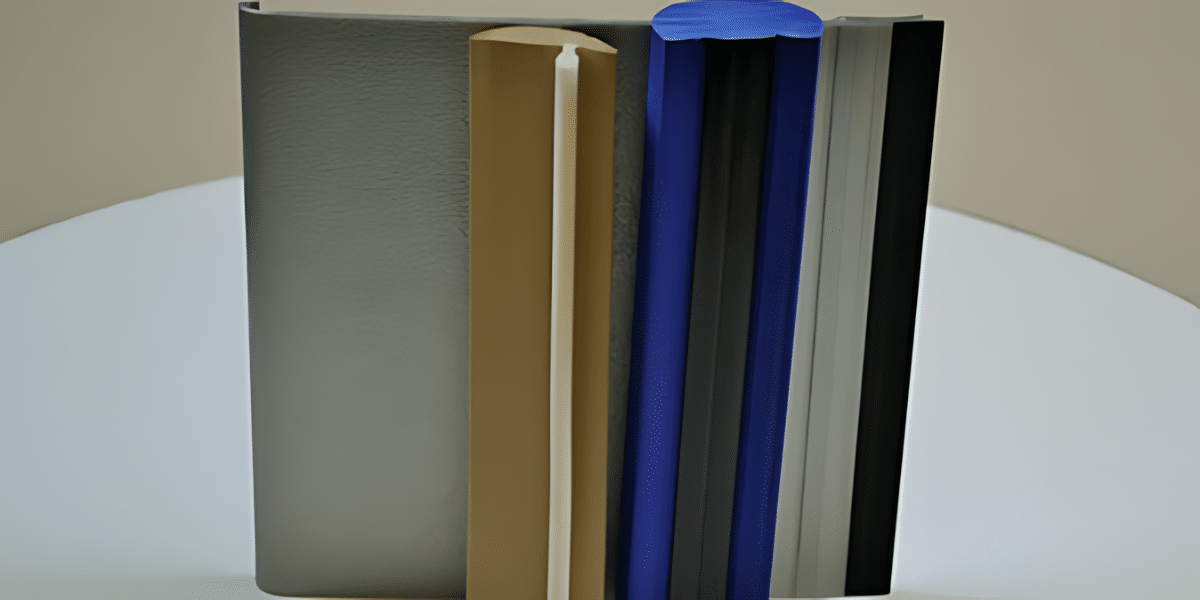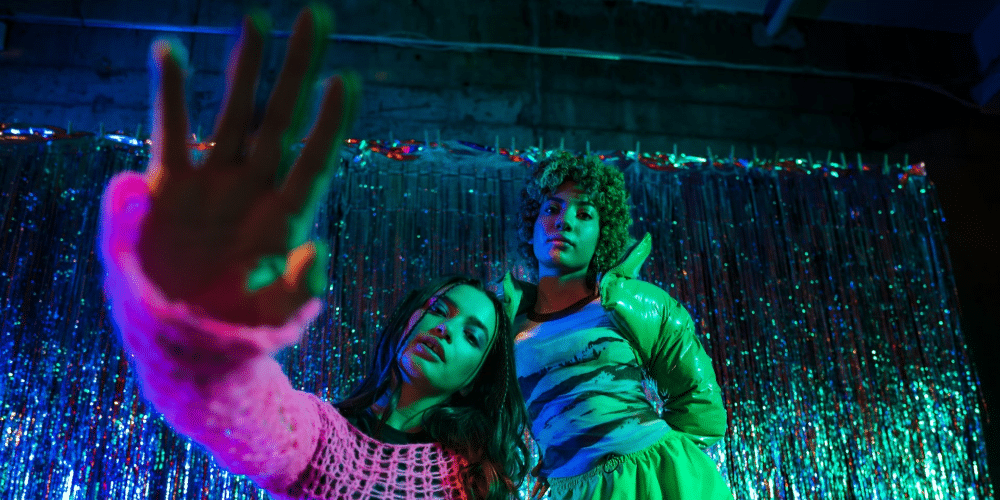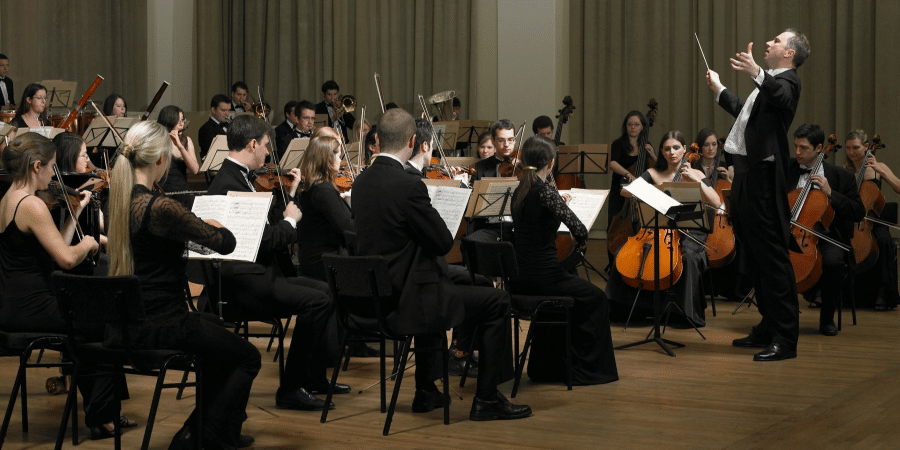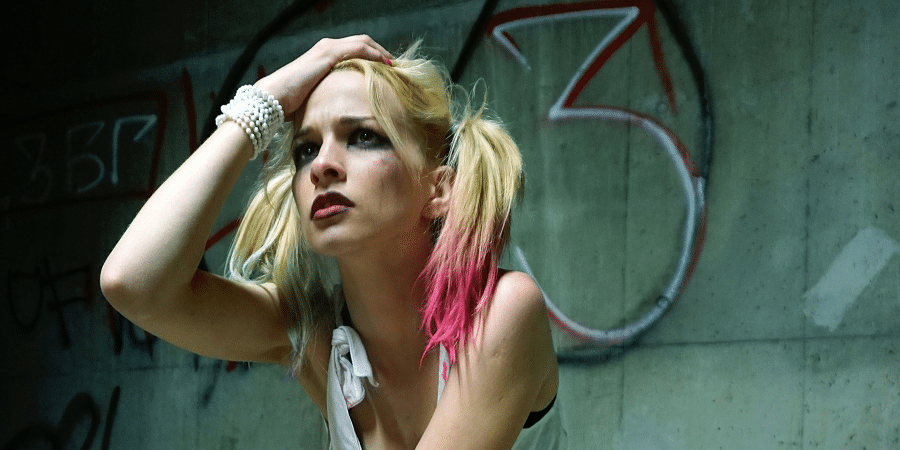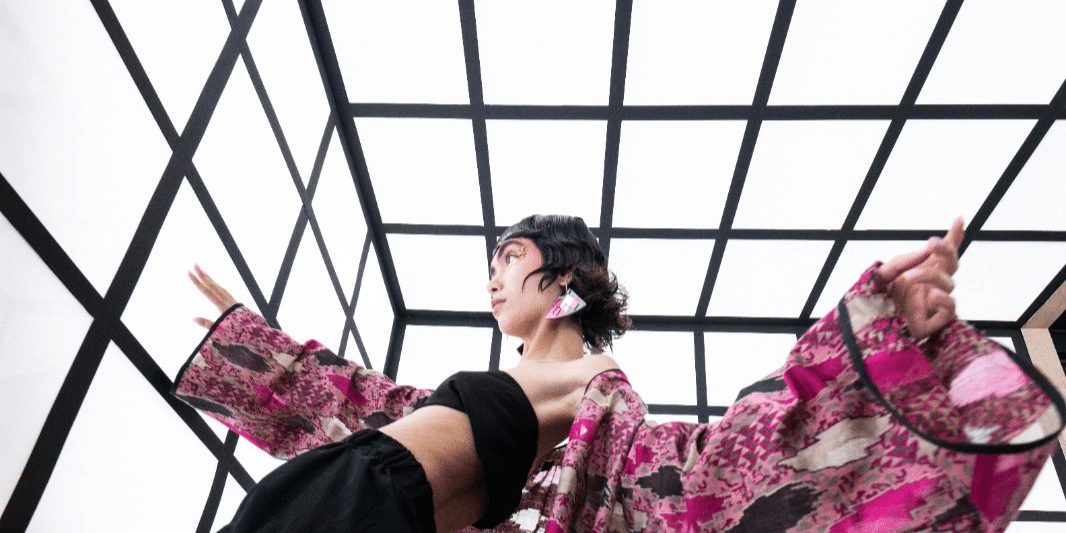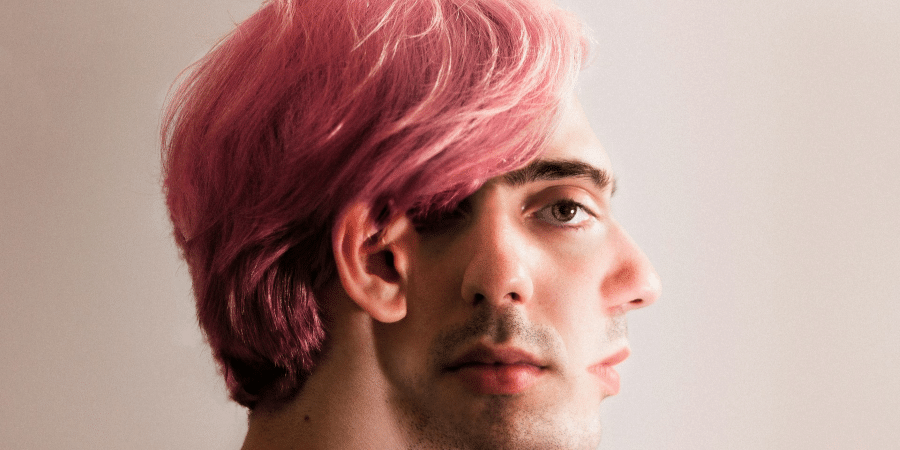Romance films have been a beloved genre in cinema for decades, captivating audiences with tales of love, passion, and heartbreak. Over the years, romance films have evolved and adapted to reflect changes in society, culture, and storytelling trends, offering viewers a diverse range of narratives and characters to connect with. In this article, we’ll explore the evolution of romance films, from classic love stories to modern rom-coms, and examine how they continue to resonate with audiences around the world.
Classic Love Stories
The history of romance films can be traced back to the early days of cinema, with classic love stories like “Gone with the Wind” and “Casablanca” setting the standard for the genre. These timeless films often featured sweeping narratives, epic romances, and star-crossed lovers facing insurmountable obstacles to be together. With their lush cinematography, memorable dialogue, and iconic performances, these classic love stories have remained enduring favorites among audiences of all ages.
The Golden Age of Hollywood
During the Golden Age of Hollywood in the 1930s and 1940s, romance films reached new heights of popularity and sophistication. Studios churned out a steady stream of romantic comedies, melodramas, and musicals, featuring glamorous stars like Cary Grant, Audrey Hepburn, and Marilyn Monroe. These films often explored themes of love, marriage, and societal expectations, providing audiences with escapist entertainment during tumultuous times.
The Rise of Modern Rom-Coms
In the latter half of the 20th century, romance films underwent a transformation with the rise of the romantic comedy, or rom-com, genre. Films like “When Harry Met Sally,” “Pretty Woman,” and “Sleepless in Seattle” redefined the genre, blending elements of humor, romance, and drama to create lighthearted and relatable stories of love and relationships. Rom-coms became a staple of the moviegoing experience, appealing to audiences of all ages with their charming characters, witty banter, and feel-good endings.
Diversity and Representation
In recent years, romance films have become more inclusive and diverse, reflecting the changing demographics and sensibilities of audiences worldwide. Filmmakers have begun to explore a wider range of romantic relationships, including LGBTQ+ love stories, interracial romances, and unconventional pairings. These films celebrate love in all its forms and offer audiences a more inclusive and representative portrayal of romance on screen.
Subverting Expectations
One of the hallmarks of modern romance films is their ability to subvert traditional tropes and expectations, offering audiences fresh and unexpected takes on the genre. Films like “Eternal Sunshine of the Spotless Mind,” “La La Land,” and “The Shape of Water” challenge conventions and push the boundaries of what constitutes a romance film, exploring complex themes of memory, longing, and desire in innovative and thought-provoking ways.
Embracing Diversity
Another notable trend in contemporary romance films is the embrace of cultural diversity and global perspectives. Filmmakers from around the world are bringing their unique voices and experiences to the genre, telling stories that reflect the rich tapestry of human relationships across different cultures and backgrounds. From Bollywood musicals to French romances to Korean dramas, romance films have become a truly global phenomenon, resonating with audiences of all nationalities and walks of life.
Romance Films Are Staples of Hollywood
In conclusion, the evolution of romance films from classic love stories to modern rom-coms reflects the changing tastes, attitudes, and values of society over the years. From the glamorous romances of Hollywood’s Golden Age to the inclusive and diverse stories of today, romance films continue to captivate audiences with their timeless themes of love, passion, and connection. Whether it’s a sweeping epic, a quirky rom-com, or a groundbreaking indie film, romance films have a universal appeal that transcends cultural boundaries and speaks to the heart of what it means to be human. So the next time you settle in to watch a romance film, take a moment to appreciate the rich history and evolution of the genre, and the countless stories of love and longing that continue to inspire and enchant us on screen.


